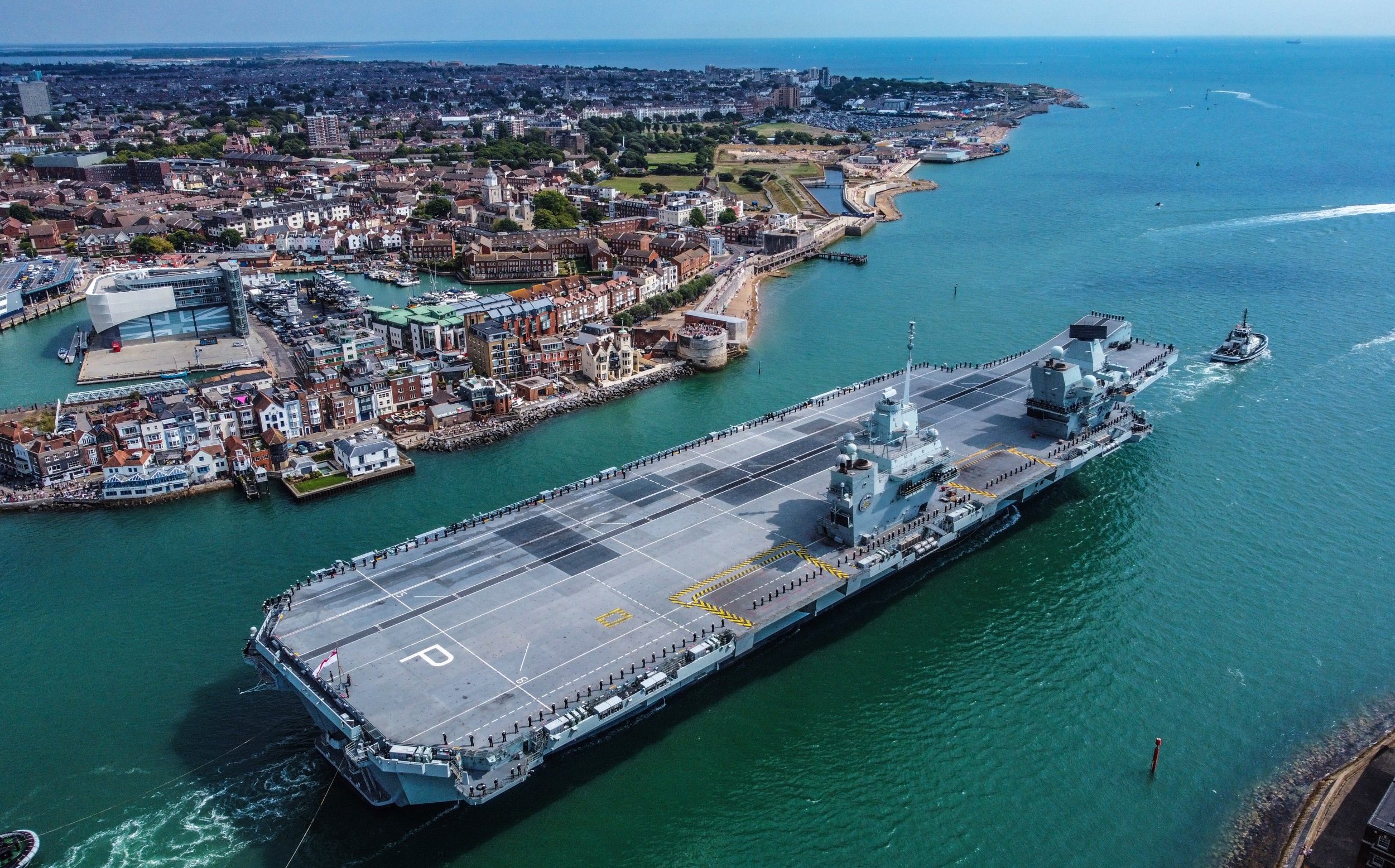Historical Background
:max_bytes(150000):strip_icc():focal(979x505:981x507)/Prince-Louis-5th-Birthday-042223-01-2000-87c73d8361914e8f9c9723ea1c1a4fc9.jpg)
M8 prince of wales – The title “Prince of Wales” has a long and storied history, dating back to the 13th century. It was first bestowed upon Edward I’s son, Edward of Caernarfon, in 1301. The title was created as a way to symbolize the English king’s authority over Wales, which had been conquered by Edward I in 1282.
The Prince of Wales is the heir apparent to the British throne, and as such, is second in line to the monarchy. The role of the Prince of Wales is largely ceremonial, but it does carry with it some important responsibilities. The Prince of Wales is expected to represent the British monarchy at home and abroad, and to support the Queen in her duties.
Investiture Ceremony
The investiture ceremony is a formal ceremony in which the Prince of Wales is invested with the symbols of his office. The ceremony is typically held at Caernarfon Castle in Wales, and is attended by the Queen, other members of the royal family, and dignitaries from around the world.
During the ceremony, the Prince of Wales is presented with a coronet, a sword, a ring, and a robe. These symbols represent the Prince’s authority and his responsibilities as the heir to the throne.
Current Status and Relevance

The current Prince of Wales is Prince William, the eldest son of King Charles III and the late Diana, Princess of Wales. He was born on 21 June 1982 and is the heir apparent to the British throne. Prince William is married to Catherine, Princess of Wales, and they have three children: Prince George, Princess Charlotte, and Prince Louis.
The Prince of Wales is a senior member of the British royal family and carries out a wide range of public duties. He represents the Queen at official engagements both in the UK and overseas, and he also undertakes his own charitable work through the Prince’s Trust, which supports young people.
Role of the Prince of Wales
The role of the Prince of Wales has evolved over time. In the past, the Prince of Wales was often the heir to the throne and was responsible for assisting the King in his duties. Today, the Prince of Wales is still the heir apparent, but he also has a more active role in public life.
The Prince of Wales is a symbol of the British monarchy and represents the country both at home and abroad. He is also a patron of many charities and organizations, and he uses his platform to raise awareness of important issues.
Public Perception and Support
The Prince of Wales is a popular figure in the UK and is seen as a future King. He is seen as a modern and approachable royal, and he is popular with people of all ages.
The Prince of Wales has a strong public image and is seen as a positive role model for young people. He is also seen as a champion of environmental issues and has spoken out about the importance of protecting the planet.
Cultural Impact: M8 Prince Of Wales

The title Prince of Wales holds immense cultural significance, representing the heir to the British throne and embodying the nation’s history and traditions. The title has influenced various aspects of British culture, including fashion, art, and popular culture.
Fashion
The Prince of Wales has long been a fashion icon, setting trends and influencing the styles of the British aristocracy and beyond. The iconic Prince of Wales check pattern, a distinctive grid of small checks, has become synonymous with the title and is widely used in clothing, accessories, and home decor. The Prince has also popularized tweed suits, wingtip shoes, and other classic British styles.
Art, M8 prince of wales
The Prince of Wales has been a patron of the arts, supporting artists and organizations dedicated to preserving British heritage. He has commissioned works from renowned artists, including Sir Peter Blake and David Hockney, and has played a key role in promoting contemporary British art. The Prince’s Foundation, established by the Prince in 1986, supports emerging artists and provides grants for art education and conservation projects.
Popular Culture
The Prince of Wales has been featured in numerous films, television shows, and books, often portrayed as a symbol of British tradition and stability. His image has been used in advertising campaigns, postage stamps, and commemorative coins. The Prince’s wedding to Lady Diana Spencer in 1981 was a global media event, capturing the hearts and imaginations of people worldwide.
Cultural Events and Initiatives
The Prince of Wales is associated with several cultural events and initiatives that promote British heritage and culture. These include:
* The Royal Ascot, a prestigious horse racing event attended by the Prince and other members of the royal family.
* The Chelsea Flower Show, an annual horticultural exhibition showcasing the latest trends in gardening and landscaping.
* The Prince’s Trust, a charity founded by the Prince that supports young people from disadvantaged backgrounds.
Through his patronage and involvement in cultural events and initiatives, the Prince of Wales has played a significant role in shaping British culture and preserving its rich heritage.